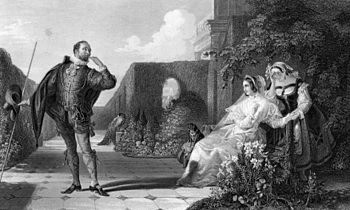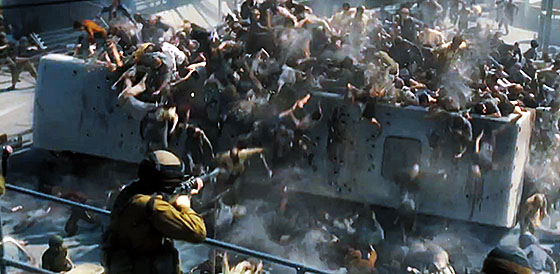They say everything in literature
is derivative, each creation influenced by a previous one. Perhaps, but there’s
plenty of imagination still to be tapped. Most of the good stuff happens late
at night, when everyone’s asleep and all the ideas are out there for the
taking. That’s why we at Why Not Books aim to create nonfiction that tells
untold stories from unique angles, along with clever fiction that doesn’t
necessarily adhere to the trend or style of the moment. We pair stories with
charities, publicizing the non-profits and donating a portion of the proceeds. We
try to think outside the box.
Still… maybe everything really is
derivative in one way or another. Consider the following, which shows that you easily
can travel from Homer to Harry Potter in 16 steps:
1. Circa
800 B.C., Homer told the tale of the Trojan War in the form of The Iliad.
2. In a 14th-century poem set against a backdrop of that very
siege of Troy, Geoffrey Chaucer retold in Middle English the tragic story of
lovers “Troilus and Criseyde.” Achilles and Hector made appearances, too.
3. About 225 years later, based in part on Chaucer’s work, William
Shakespeare penned Troilus and Cressida,
a blacker version of the original. During the writing, the Bard’s Twelfth Night was first performed.
4. More than three centuries after Shakespeare’s day, Agatha Christie
published Sad Cypress, the first
Hercule Poirot courtroom drama, which takes its title from a song from Act II, Scene
IV of Twelfth Night:
Come away, come away, death,
And in a sad cypress let me be
laid;
Fly away, fly away breath;
I am slain by a fair cruel maid.
5. According to Christie in The Big
Four, the fictional Poirot was born in the very real town of Spa, Belgium.
6. A violinist, Georges Krins, was also born in Spa, in 1889. Twenty-three
years later, he boarded the RMS Titanic
for its maiden voyage and gained immortality as one of the musicians who played
while passengers boarded life rafts. Krins didn’t survive.
7. Novelist Theodore Dreiser, then 40, planned to return from a European
vacation aboard Titanic, but his
publisher persuaded him to opt for a less expensive ship. A year later, in his
memoir A Traveler at Forty, he wrote,
“To think of a ship as immense as
the Titanic, new and bright, sinking in endless fathoms of water. And the two
thousand passengers routed like rats from their berths only to float helplessly
in miles of water, praying and crying!”
8. Earlier in his career, as a
young newspaper reporter, Dreiser wrote an article about Nathaniel Hawthorne,
who published The House of the Seven
Gables in 1851.
9. The House of the Seven Gables was adapted for film 89 years after its
publication. One of the stars of the movie: Vincent Price.
10. A quarter century later, Price
made a guest appearance on a television show—Get Smart, created by Mel Brooks.
11. Mel’s son, Max Brooks, became
an author and screenwriter, his most successful book being the epic tale of a
zombie apocalypse: World War Z.
12. Brad Pitt’s production
company, Plan B Entertainment, produced the film version of World War Z, as well as Charlie and the Chocolate Factory,
starring Johnny Depp.
13. Depp played Hunter S. Thompson
in the movie version of Fear and Loathing
in Las Vegas.
14. Thompson was a Beat Generation
pal of poet Allen Ginsberg.
15. Ginsberg was the focus of a
2013 biopic called Killing Your Darlings,
starring Daniel Radcliffe as Ginsberg.
16. A dozen years earlier, Radcliffe
skyrocketed to fame by playing a certain wizard by the name of… Harry Potter.



.jpg)




No comments:
Post a Comment